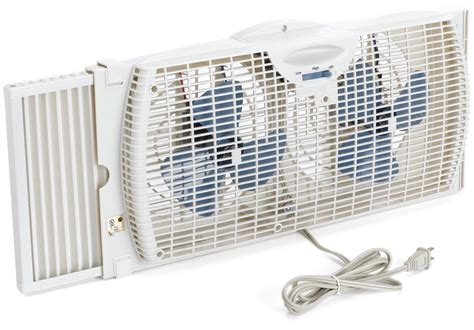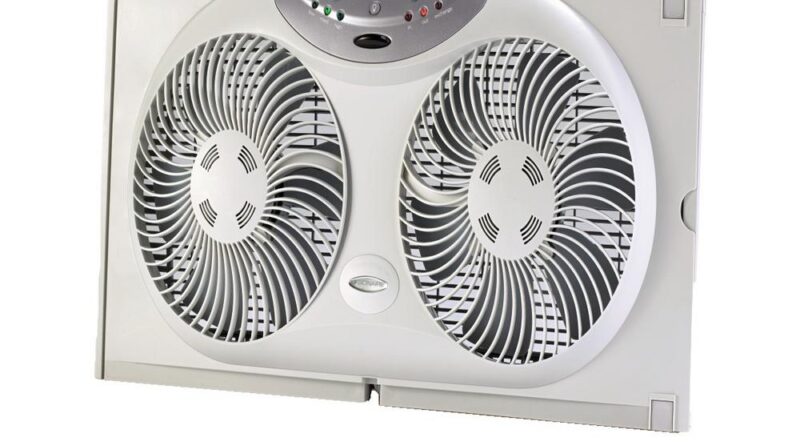Window Fans With Remote Controls: A Comprehensive Guide
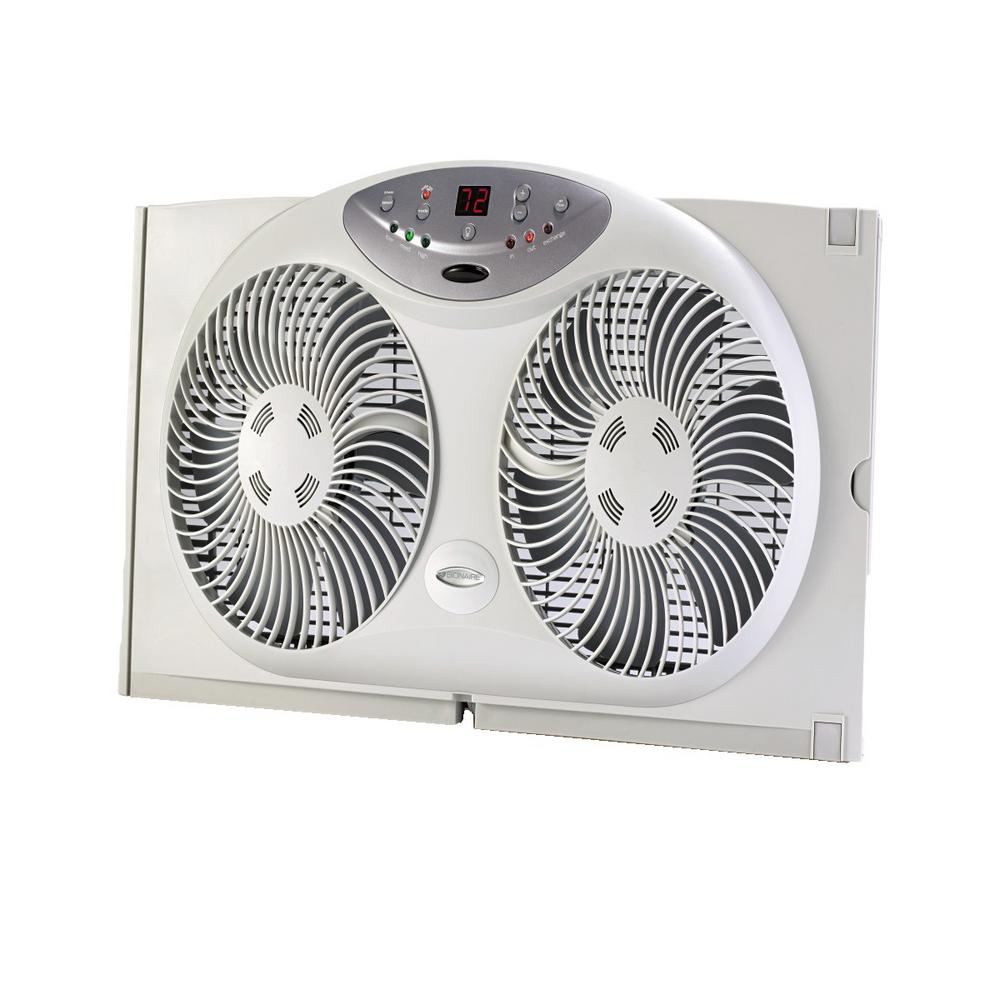
Window Fans with Remote Controls: A Comprehensive Guide
Introduction
Window fans are an essential appliance for maintaining a comfortable indoor environment, especially during the hot summer months. They provide a cost-effective way to circulate air, exhaust stale air, and cool down rooms. With the advancement of technology, window fans now come equipped with remote controls, offering added convenience and flexibility.
Benefits of Window Fans with Remote Controls
- Convenience: Remote controls allow you to operate the fan from anywhere in the room, eliminating the need to get up and adjust it manually. This is particularly useful for those with limited mobility or who are simply looking for a more convenient way to control their fan.
- Flexibility: Remote controls provide greater flexibility in terms of fan placement. You can position the fan in an optimal location for air circulation without having to worry about being able to reach the controls.
- Safety: Remote controls reduce the risk of accidents by eliminating the need to climb on furniture or ladders to adjust the fan. This is especially important for children and pets.
- Energy efficiency: Some remote controls feature programmable timers and sleep modes, allowing you to set the fan to turn off automatically after a certain period of time. This helps conserve energy and reduce operating costs.
Types of Window Fans with Remote Controls
Window fans with remote controls come in a variety of types to suit different needs and preferences.
- Horizontal window fans: These fans are designed to be mounted horizontally in a window opening. They are typically larger and more powerful than other types of window fans, making them ideal for cooling larger rooms.
- Vertical window fans: Vertical window fans are designed to be mounted vertically in a window opening. They are typically smaller and less powerful than horizontal window fans, but they are more compact and can fit into smaller windows.
- Casement window fans: Casement window fans are designed to be mounted on casement windows that open outward. They are typically smaller and less powerful than other types of window fans, but they are designed to fit snugly against the window frame to prevent air leakage.
- Exhaust window fans: Exhaust window fans are designed to exhaust stale air from a room. They are typically mounted in a window opening and have a built-in exhaust vent.
Features to Consider When Choosing a Window Fan with Remote Control
When choosing a window fan with remote control, there are several key features to consider:
- Fan size: The size of the fan will determine how much air it can circulate. Choose a fan that is appropriate for the size of the room you want to cool.
- Fan speed: Most window fans offer multiple fan speeds, allowing you to adjust the airflow to your desired level.
- Remote control range: The range of the remote control will determine how far away you can be from the fan and still operate it.
- Timer: A timer allows you to set the fan to turn off automatically after a certain period of time. This is a useful feature for saving energy and preventing the fan from running unnecessarily.
- Sleep mode: Sleep mode reduces the fan speed and noise level, making it ideal for use at night.
- Oscillation: Oscillation allows the fan to rotate back and forth, distributing air more evenly throughout the room.
- Energy efficiency: Look for fans that are Energy Star certified to ensure they meet certain energy efficiency standards.
Installation and Maintenance of Window Fans with Remote Controls
Installing a window fan with remote control is relatively simple. Most fans come with detailed instructions on how to mount them in a window opening.
- Horizontal window fans: Horizontal window fans are typically installed by extending the side panels to fit the width of the window opening and then securing them with screws or brackets.
- Vertical window fans: Vertical window fans are typically installed by placing them in the window opening and securing them with screws or brackets.
- Casement window fans: Casement window fans are typically installed by attaching them to the window frame with screws or brackets.
- Exhaust window fans: Exhaust window fans are typically installed by cutting a hole in the window pane and mounting the fan in the hole.
Once installed, window fans require minimal maintenance. Regularly cleaning the fan blades and housing will help keep it running efficiently. You should also check the remote control batteries periodically and replace them as needed.
Troubleshooting Window Fans with Remote Controls
If your window fan with remote control is not working properly, there are a few things you can check:
- Check the power source: Make sure the fan is plugged into a working outlet and that the power switch is turned on.
- Check the remote control batteries: Replace the batteries in the remote control if they are low or dead.
- Check the fan blades: Make sure the fan blades are clean and free of any obstructions.
- Check the remote control sensor: Make sure the remote control sensor on the fan is clean and unobstructed.
- Reset the fan: Unplug the fan from the outlet and then plug it back in. This will reset the fan and may resolve the issue.
If you have tried all of the above troubleshooting steps and the fan is still not working properly, you may need to contact the manufacturer for assistance.
Conclusion
Window fans with remote controls offer a convenient and effective way to cool down rooms and improve air circulation. By considering the factors discussed in this guide, you can choose the right fan for your needs and enjoy the benefits of a more comfortable indoor environment.
5 Best Window Fans with Remote Controls
Window fans are a great way to cool down your home during the summer months. They’re also a more energy-efficient option than running your air conditioner all day long. If you’re looking for a window fan with a remote control, here are five of the best options on the market.
1. Honeywell HT-900 TurboForce Air Circulator
The Honeywell HT-900 TurboForce Air Circulator is a powerful window fan that can move up to 1,000 cubic feet of air per minute. It has three speed settings and a remote control that allows you to adjust the speed and oscillation from anywhere in the room.
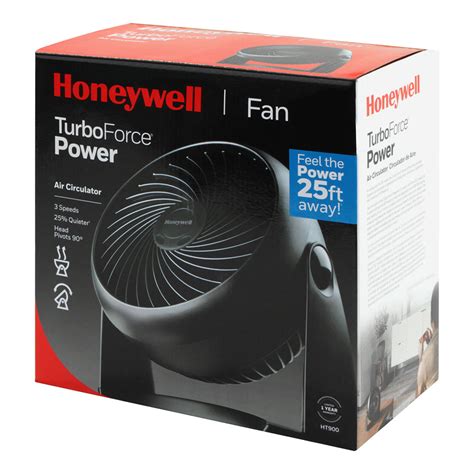
2. Luminous SmartWindow Connect Wi-Fi Window Fan
The Luminous SmartWindow Connect Wi-Fi Window Fan is a smart window fan that can be controlled with your smartphone or tablet. It has three speed settings, a built-in timer, and a reversible airflow feature. You can also create schedules and routines for the fan to turn on and off automatically.
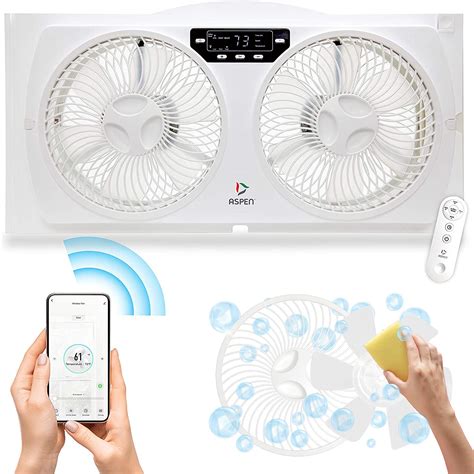
3. Vornado 530 Air Circulator
The Vornado 530 Air Circulator is a powerful window fan that can move up to 1,200 cubic feet of air per minute. It has three speed settings and a wide oscillation range. The Vornado 530 is also very quiet, making it a good choice for bedrooms or other areas where you need to sleep.
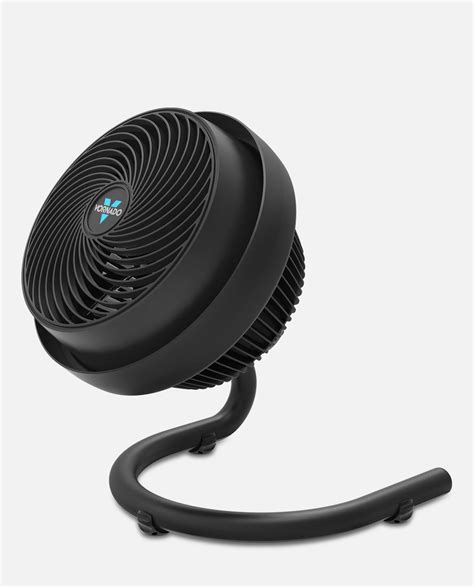
4. Dyson Pure Cool Air Purifier
The Dyson Pure Cool Air Purifier is a window fan that also purifies the air in your home. It has three speed settings and a built-in HEPA filter that removes 99.97% of allergens and pollutants from the air. The Dyson Pure Cool is also very quiet, making it a good choice for bedrooms or other areas where you need to sleep.
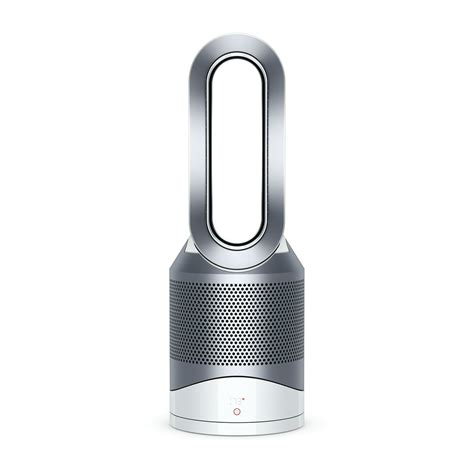
5. Holmes Dual Blade Window Fan
The Holmes Dual Blade Window Fan is a budget-friendly window fan that offers a lot of features for the price. It has two speed settings, a built-in timer, and a reversible airflow feature. The Holmes Dual Blade is also very quiet, making it a good choice for bedrooms or other areas where you need to sleep.
